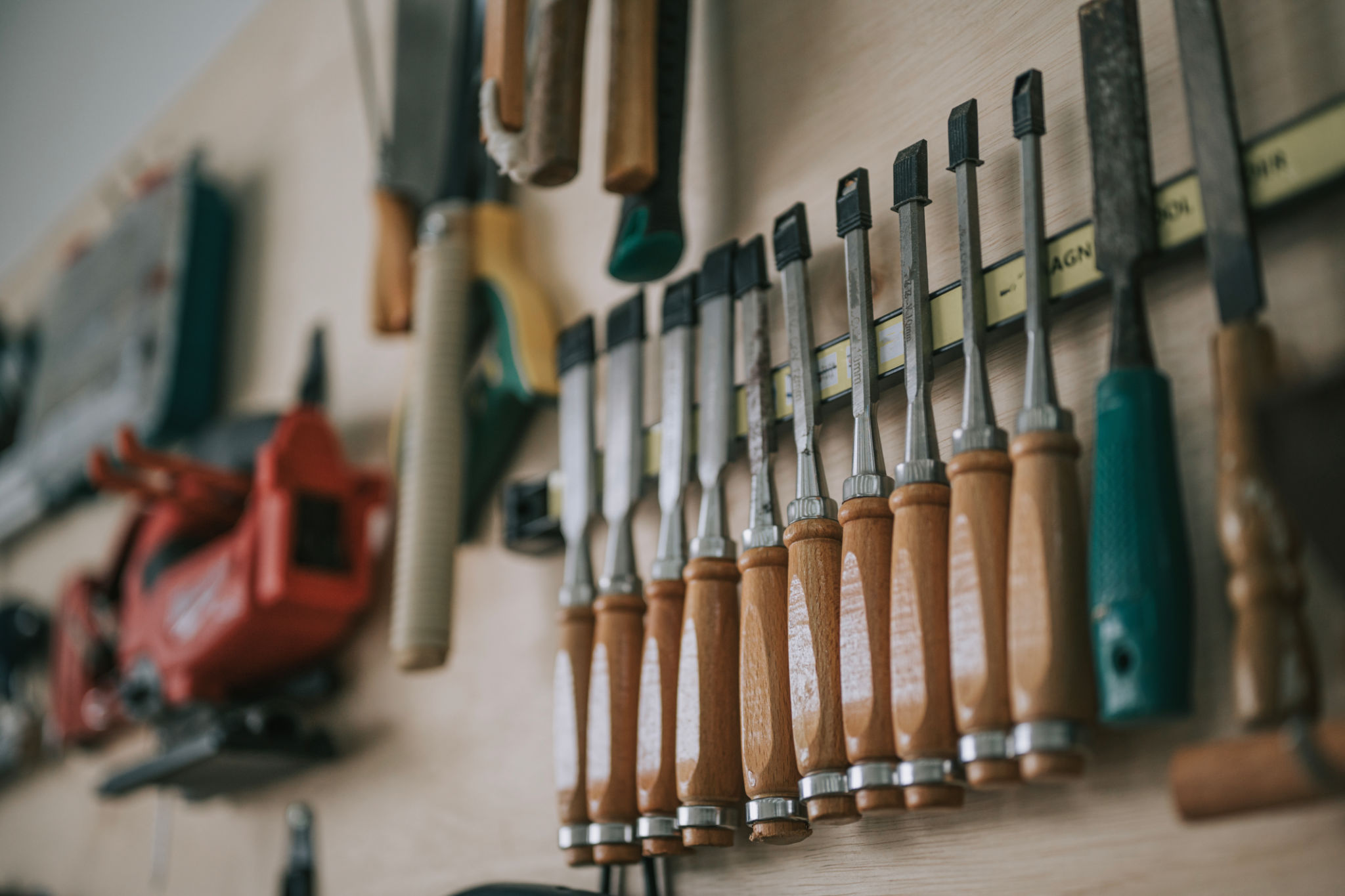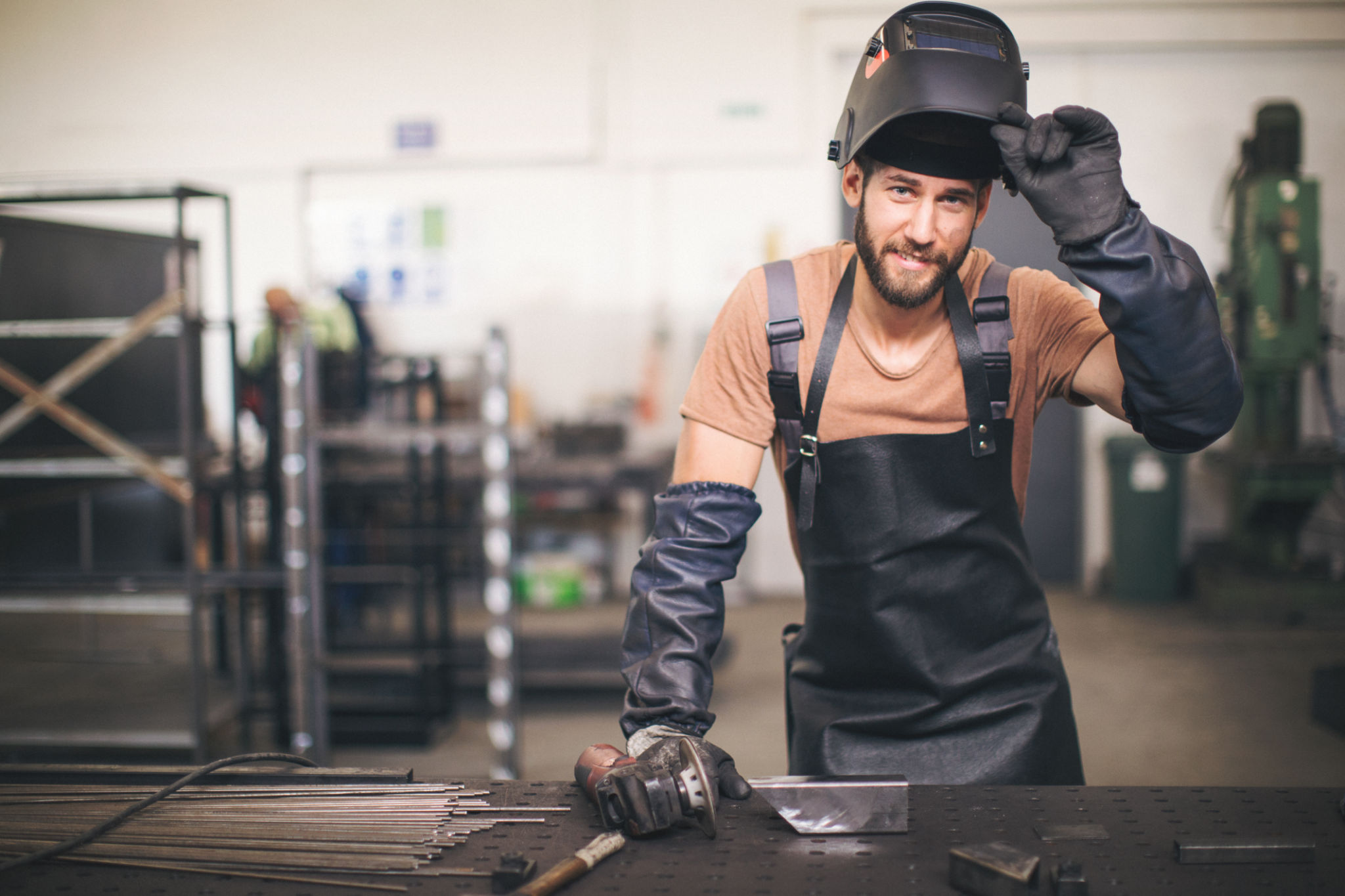5 Common Offroad Fabrication Myths Debunked
Understanding Offroad Fabrication
Offroad fabrication is a fascinating world where creativity meets engineering, enabling enthusiasts to create vehicles capable of conquering rugged terrains. However, several myths surround this field, often leading to misconceptions. In this post, we'll debunk five common myths about offroad fabrication, helping you better understand the truth behind the craft.

Myth 1: Bigger Tires Are Always Better
One of the most persistent myths in offroad fabrication is that bigger tires are always the best choice for improved performance. While larger tires can provide better ground clearance and traction, they can also add unnecessary weight and stress on the vehicle's suspension and drivetrain. It's crucial to balance tire size with the vehicle's overall design and purpose.
Choosing the right tire size involves considering factors like the type of terrain you plan to tackle, your vehicle's power, and its suspension system. Remember, bigger isn't always better; it's about finding the right fit for your specific needs.
Myth 2: All Fabrication Must Be Done by Professionals
Another common misconception is that all offroad fabrication must be handled by professionals. While professional expertise can be invaluable, many aspects of offroad fabrication can be tackled by hobbyists with the right tools and knowledge. With a growing number of resources available online, learning the basics of welding, cutting, and assembling parts is more accessible than ever.

However, it's essential to recognize your limits. Complex tasks like roll cage construction or suspension redesigns might require professional input to ensure safety and reliability.
Myth 3: Fabrication Is Only About Metalwork
While metalwork is a significant component of offroad fabrication, it's not the only aspect. Fabrication also involves materials such as plastics and composites, which are used for body panels and other components. Moreover, electrical work is often required for custom lighting or electronic systems integration.
Understanding how different materials interact and how they can be utilized in your project expands your possibilities beyond traditional metalwork. This holistic approach allows for more innovative designs and potentially lighter components without sacrificing durability.

Myth 4: More Power Equals Better Performance
Many believe that simply adding more power will automatically improve a vehicle's offroad capabilities. However, power is just one part of the equation. A well-designed vehicle requires a balanced approach that includes suspension tuning, weight distribution, and traction management.
Focusing solely on increasing horsepower without addressing these other factors can lead to a vehicle that's difficult to control and prone to mechanical failures. A comprehensive approach ensures that all elements work together harmoniously for optimal performance.
Myth 5: Offroad Fabrication Is Only for Extreme Offroading
A common myth suggests that offroad fabrication is exclusively for those who engage in extreme offroading adventures. In reality, fabrication can enhance vehicles used for various purposes, including overlanding, daily driving, or even mild trail exploration.

Custom modifications can improve comfort, utility, and aesthetics, making them suitable for a wide range of applications. Whether you're looking to enhance your weekend warrior or create a custom rig for long-distance travel, offroad fabrication offers solutions tailored to your needs.
By debunking these myths, we hope to encourage a more informed approach to offroad fabrication. Understanding the truth behind these misconceptions allows enthusiasts to make better decisions and enjoy the process of creating their custom vehicles even more.
